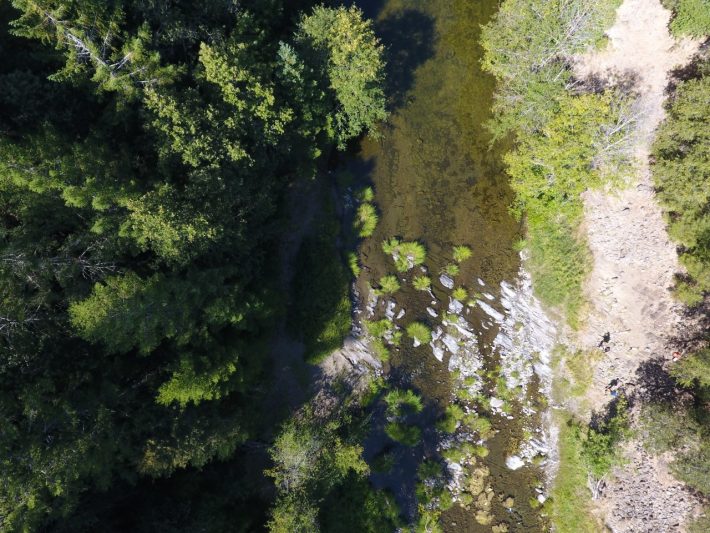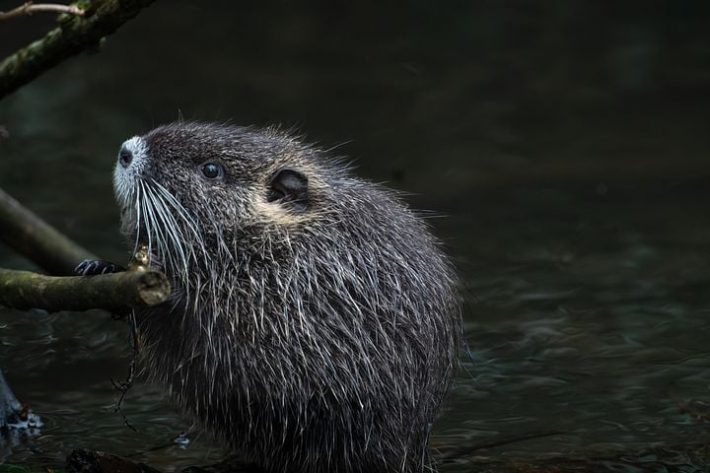How to include ecosystem engineers in our conservation plans
A team of scientists from the University of Lausanne (UNIL) have created a guide for stakeholders regarding the introduction of ‘ecosystem engineers’ into new habitats, and how they can help in the process of conservation.

In ecosystems, all species interact with each other and their environment. However, some species have a much greater influence than others. Certain plants or animals are able to greatly modify their landscape through just their mere presence. This makes them part of the group know as ‘ecosystem engineers’.
One of the best known examples of an ecosystem engineer is the beaver. By building damns, beavers change the flow of rivers and transform terrestrial ecosystems into wetlands. This leads to a whole cascade of processes and the arrival of new animals.
“A more comprehensive approach is likely to succeed in species reintroduction
Although the individual cases of ecosystem engineers helping biodiversity are well documented, the mechanisms at work are not yet well understood. Scientists from UNIL have developed a guide for predicting and measuring the influence of species on ecosystems under different conditions. The aim of the guide is to include ‘ecosystem engineers’ in the process of biodiversity conservation and ecosystem maintenance. The team’s review is published in Functional Ecology.
To establish this framework. the scientists proceeded in several stages. First, knowledge and literature about the known ecosystem engineers was collected. Next, the team developed a comprehensive framework to model and quantify the effects of the species. Finally, a procedure for including these natural regulators as much as possible in the field was created.

Gianalberto Losapio is the lead author of the study and a researcher at the faculty of Geosciences and Environment at UNIL. Furthermore, he is also affiliated with the University of Milan. He said “This guide is intended to help specialists and communities ask themselves the right questions when setting up conservation programmes. For example: What is the goal? What are the characteristics of the terrain, as well as the spatial context?”
The guide also provides tools to assess the impact of the actions carried out so that they can be adapted if necessary. “Some restoration projects end up being abandoned because introduced species cannot survive,” adds Losapio. “We believe a comprehensive approach is more likely to succeed.”
This article has been adapted from a University of Lausanne press release.
Read the full paper here:
, , , , & (2023). Monitoring and modelling the effects of ecosystem engineers on ecosystem functioning. Functional Ecology, 00, 1– 14. https://doi.org/10.1111/1365-2435.14315
Like what we stand for?
Support our mission and help develop the next generation of ecologists by donating to the British Ecological Society.